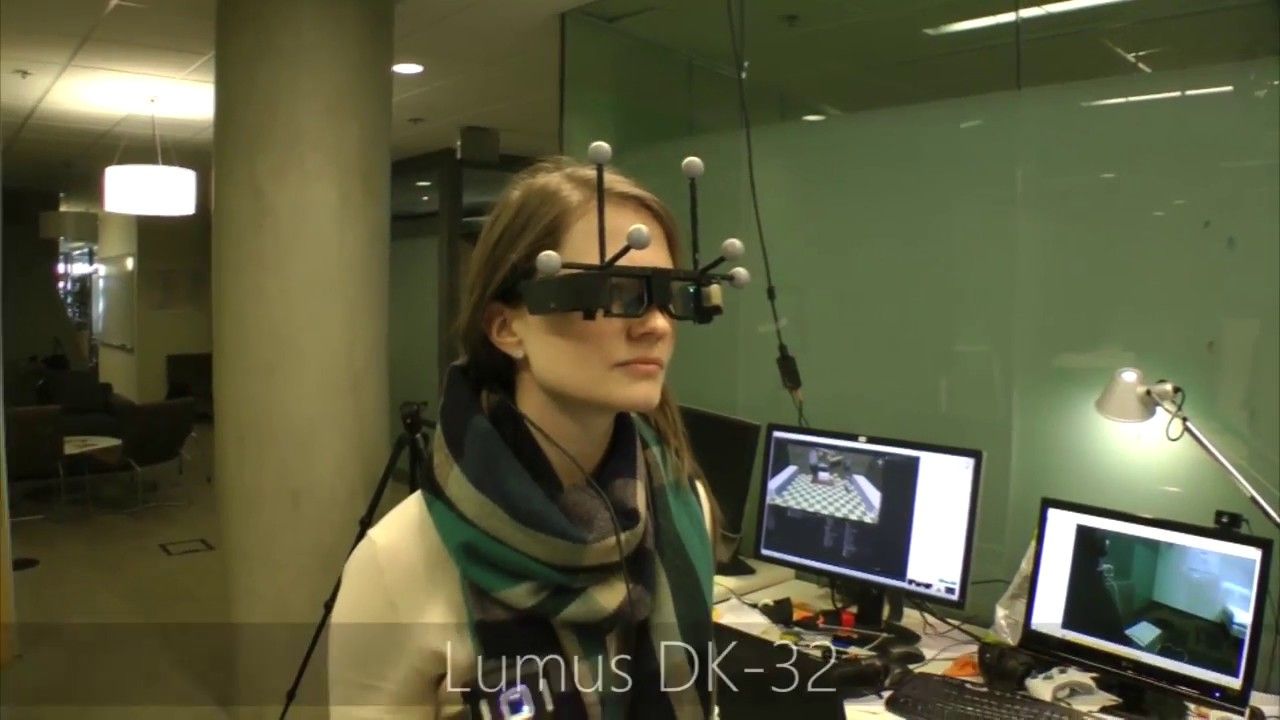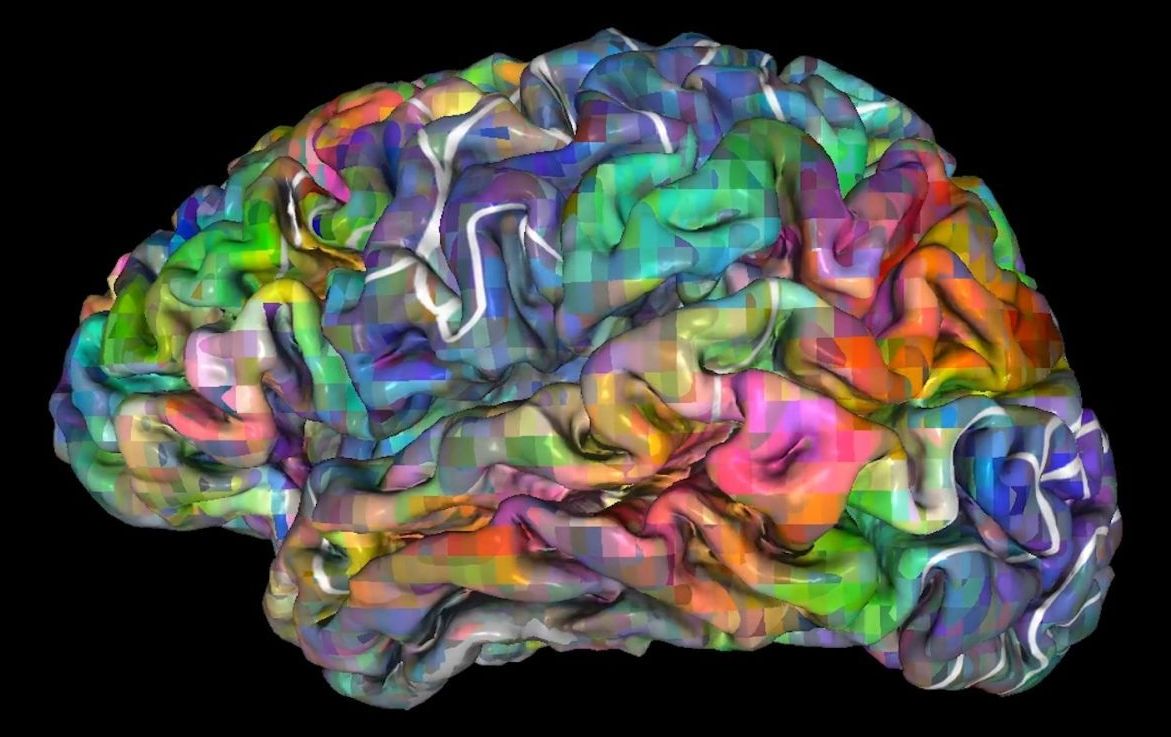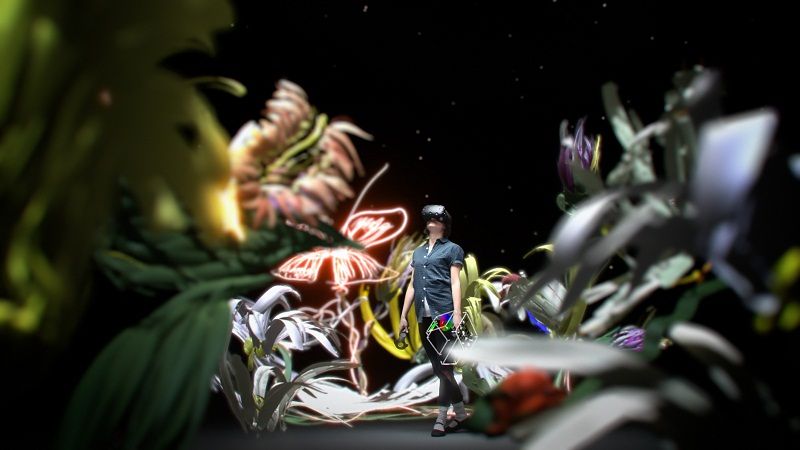
By 2018, China plans to land on the dark side of the moon; within 3 years Mars. Last year, we learned that China has interests in mining raw materials from the Moon particularly from the dark side of the moon. Also, researchers have discovered some very resilient raw materials for things such as concrete on Mars. SO, could we see in the next 5 years mining by China on Mars?
“To explore the vast cosmos, develop the space industry and build China into a space power is a dream we pursue unremittingly,” read a white paper setting out the country’s space strategy for the next five years. It says China aims to use space for peaceful purposes and to guarantee national security, and to carry out cutting-edge scientific research.
The white paper, released by the information office of China’s Cabinet, points to the growing ambitions of China’s already rapidly advancing space program. China places great emphasis on the development of its space industry, seen as a symbol of national prestige that will raise the country’s standing in the world. Although the white paper doesn’t mention it, China’s eventual goal is to land an astronaut on the moon.
While Russia and the United States have more experience in manned space travel, China’s military-backed program has made steady progress in a comparatively short time.
Read more









